Gallery
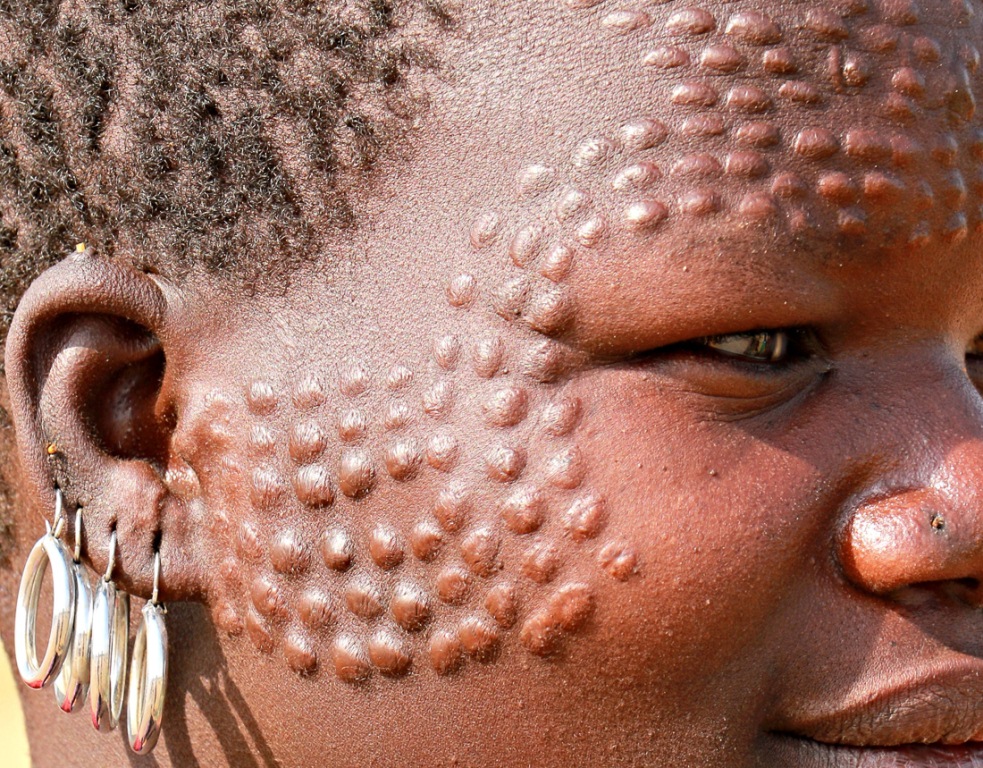
|
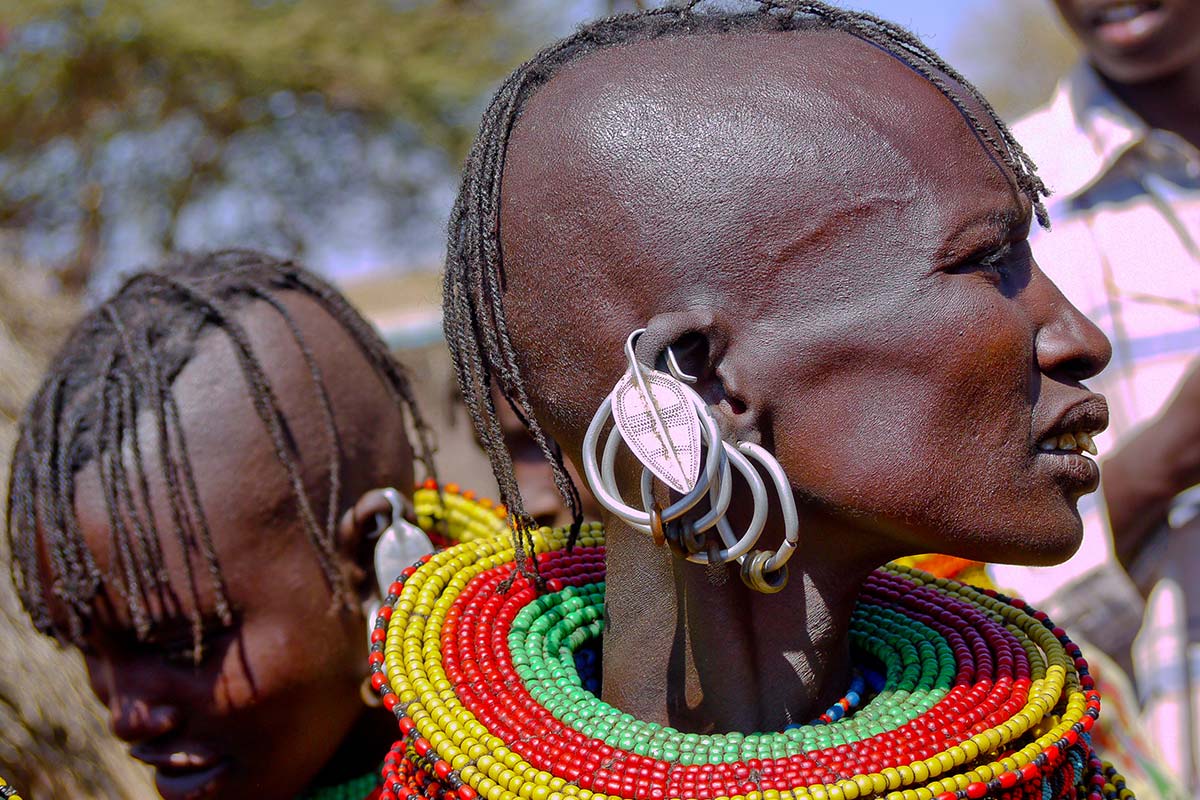
|

|
|---|
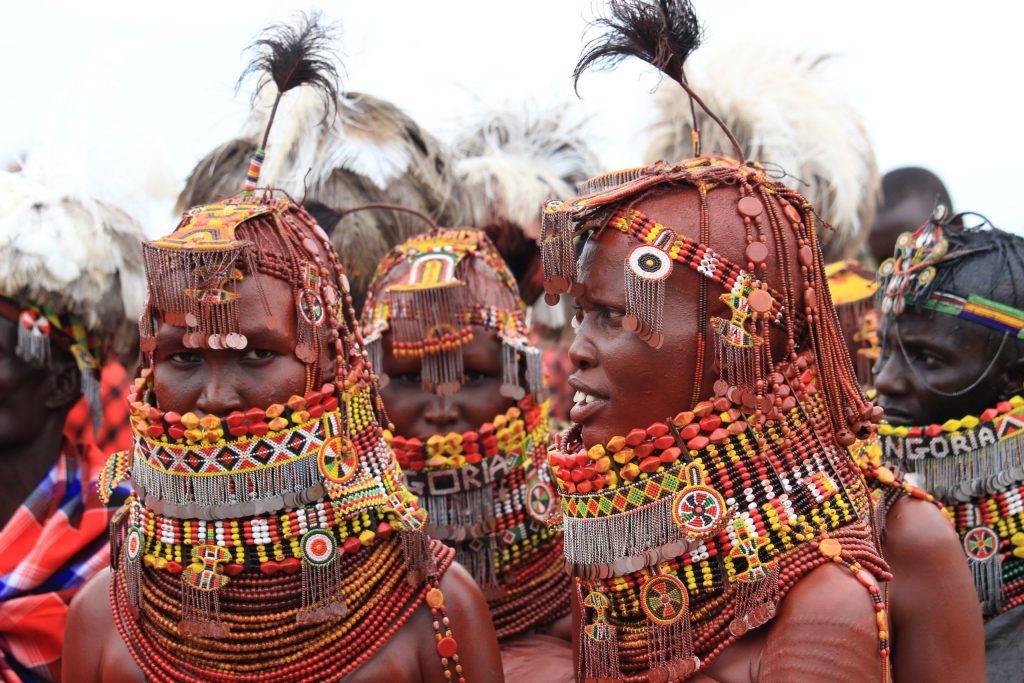
The experience of climbing Karamoja's mountains is a mix of rich encounters with the Uganda's highland people, breath taking views and unique sights along the trails and unique campsites where you can enjoy the sunset, the stars and sunrise over the planes of Karamoja.
Karamoja is populated by the Karamojong. Theirs is a society whose outward appearance resembles that of the Maasai pastoralists, who move their cattle around a tough landscape in search of grazing. Karamoja has a cattle culture and the Karamojong are notorious as cattle raiders.

The main activity in the district is animal husbandry and the majority of the population are pastoralists.
Karamoja is Uganda’s poorest sub-region and has a unique agro-ecology and a unique development history. These aggregated differences suggest it is highly unlikely that carefully tailored agriculture strategies and thinking appropriate for other regions in Uganda will be either relevant or transferable to Karamoja
Karamoja is endowed with a vast array of metallic and industrial minerals that have the potential to be developed commercially.
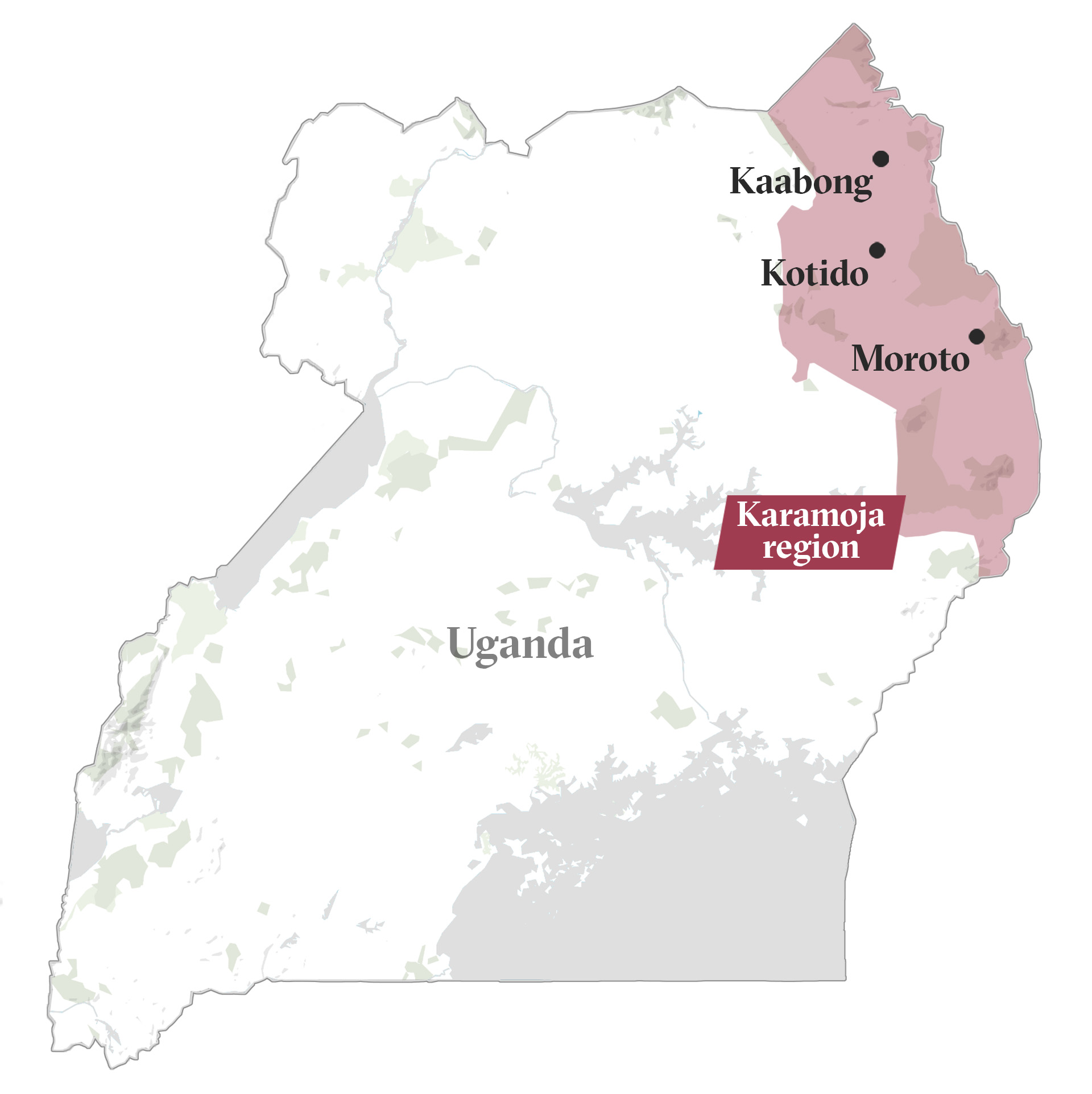
The Karamoja sub-region, commonly known as Karamoja, is a region in Uganda. It covers an area of 27,528km and comprises the Kotido District, Kaabong District, Karenga District, Nabilatuk District, Abim District, Moroto District, Napak District, Amudat District and Nakapiripirit District. The region is projected to have a population of 1.4 millions in 2022 by UBOS.
Moroto, town located in northeastern Uganda. Moroto is situated at an elevation of 4,500 feet (1,370 metres) and is linked by road with Soroti, 106 miles (170 km) southwest.
Kaabong District is bordered by South Sudan to the northwest, Kenya to the northeast and the east, Moroto District to the southeast, Kotido District to the south, and Kitgum District to the west.
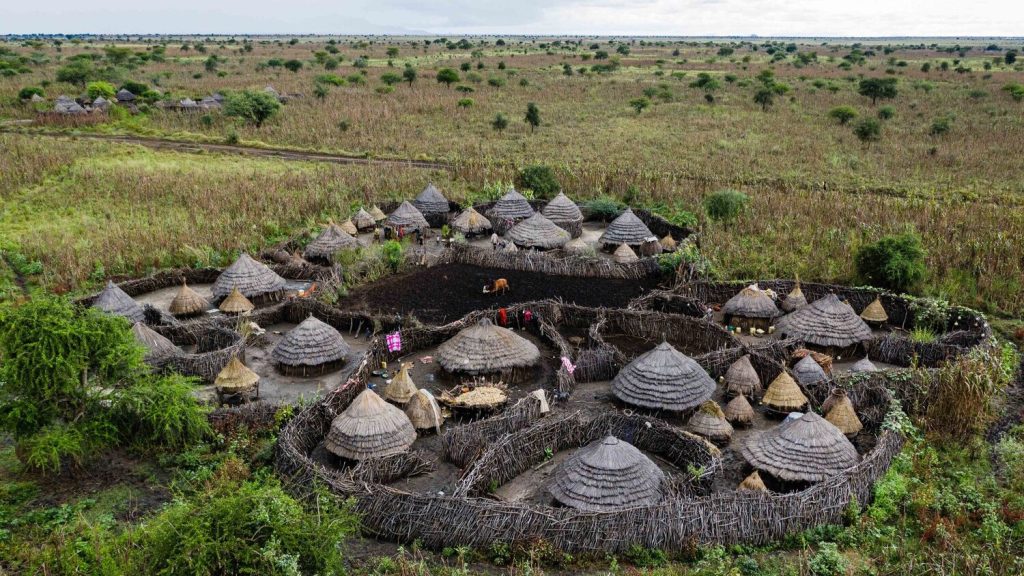
The Karamojong live a communal lifestyle of extended families in very large homesteads, manyatta, sharing compound. Thorny fences and wood encircle the manyatta for protection against raids from other cattle rustlers and wild animals.
The Karamojong people believe that animals and plants have spirits in them and that their god known as “akuju” manifests through them. A common practice among the Karamojong people is cattle raiding and the cattle raided is distributed among the families.
THe night in the Kraal, where people sit down and discuss daily matters, recite poems, dance and sing infront of a born fire.

|

|

|
|---|